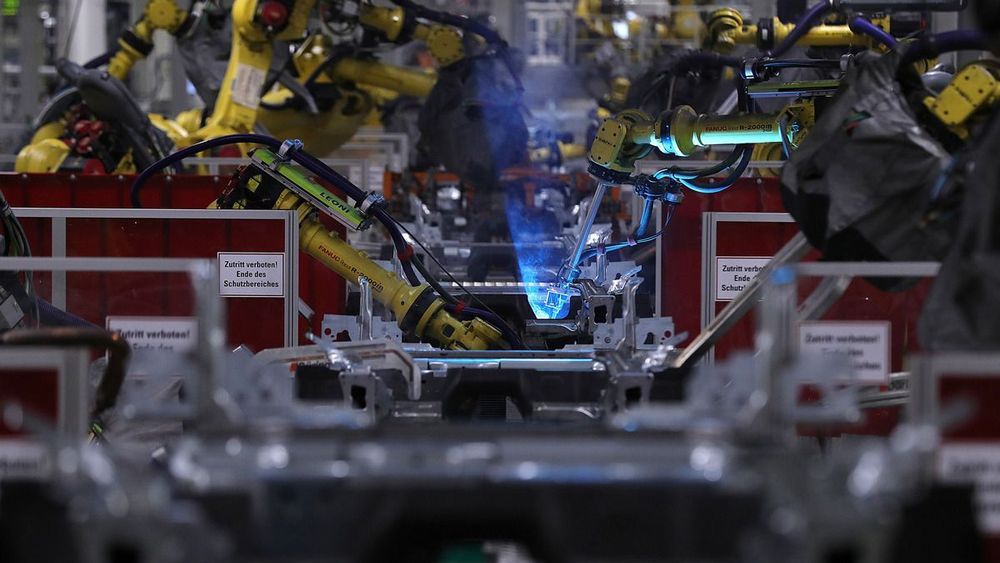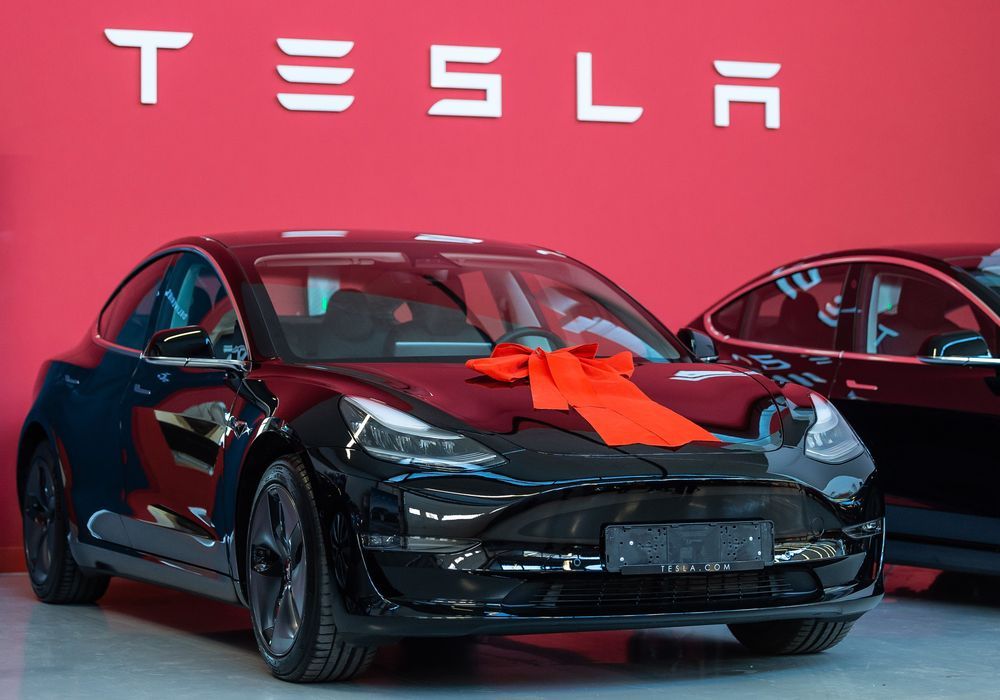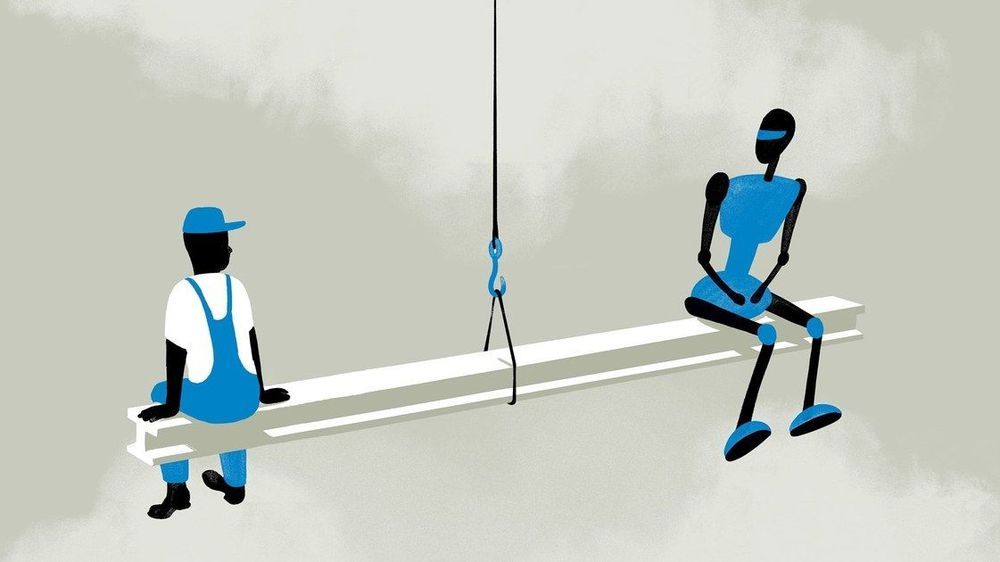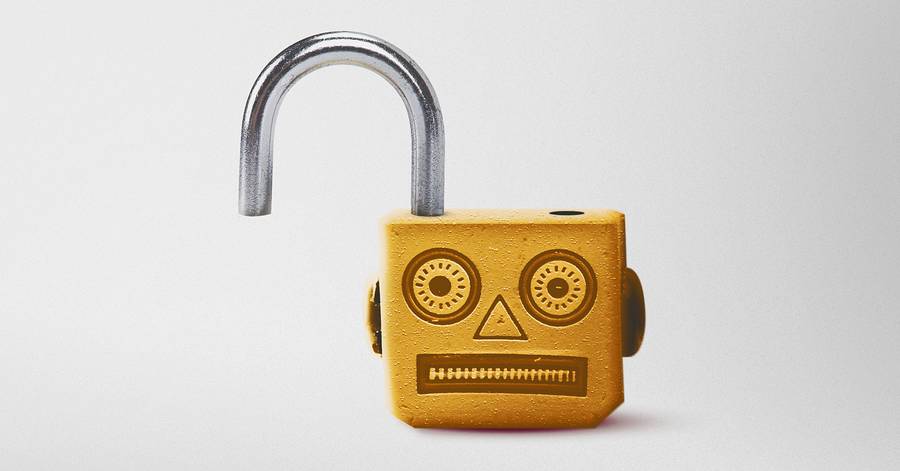With millions of jobs expected to be displaced by 2022, measures like education reform, lifelong learning & reskilling initiatives will ensure benefits reach both individuals and businesses.



The existing $7,500 tax credit for buyers of EVs phases out over 15 months once an automaker sells 200,000 electric cars. The tax credit for Tesla buyers was halved to $3,750 on Jan. 1; General Motor’s tax credit was likewise cut in half starting April 1.
The bill, dubbed the Driving America Forward Act, would grant each automaker a $7,000 tax credit for an additional 400,000 vehicles after it exhausts the first 200,000 vehicles eligible for tax credits. It would shorten the phase-out schedule to nine months. The credits are paid directly to consumers, who can write them off on their tax returns.
“At a time when climate change is having a real effect on Michigan, today’s legislation is something we can do now to reduce emissions and combat carbon pollution,” Sen. Debbie Stabenow, D-Mich., one of the sponsors of the legislation, said in a statement. “Our bill will help create American jobs and cement Michigan’s status as an advanced manufacturing hub.”

By Rohit Talwar, Steve Wells, April Koury, and Alexandra Whittington
Can human roles in retail survive the relentless march of the robots? Much of the current debate on automation focuses on the possible demise of existing jobs and the spread of automation into service and white-collar sectors – and retail is certainly one industry poised to follow this automation path in pursuit of the next driver of profits. From the advent of the steam engine and mechanisation of farming, through to the introduction of personal computing — jobs have always been automated through the use of technology. However, as new technologies have come to market, human ingenuity and the ability to create new products and services have increased the scope for employment and fulfilment. Retail has enjoyed enormous benefits from technology tools, but has the time come when automation poses a threat to jobs? Here we present two possible scenarios for retail 2020–2025: one where automation eliminates the majority of retail jobs and a second which sees the emergence of new paid roles in retail.
Scenario One: Robo-Retail Rules
By 2020, in-store robots

In this week’s Mr Futurist Podcast, I will discuss, Is a Universal Basic Income (UBI) a good idea for the US?
Why the Southern United States is headed for a deep economic crash? What US industries will be the most impacted by business automation? Why will automation affect white collar jobs first? Is the US Becoming a Third World Country? How would a Universal Basic Income (UBI) impact large US companies? Illiteracy in the US. Could we have a Great Technological World-Wide Depression? All this and more in this podcast!
Mr Futurist Podcast – Should We Have a Universal Basic Income (UBI) in the US? Get my weekly podcast/article on business automation, AI and advancing technology and how it can and will affect your company, your job and career. The Right Knowledge is a Powerful thing! This weeks podcast transcript: This week’s article will be on the dark side. I promise by the end, I will flip this around and offer solutions, and make what appears to be something gloom and doom, have a possible happy ending. Having studied artificial intelligence and business automation for the last couple of years. I believe the unemployment numbersRead More →

CEO and founder of R2ai, Yiwen Huang, talks to Interesting Engineering in an exclusive interview about how he started a company where AI creates Machine Learning models and how AI is not going to replace but enhance humans’ jobs in the future.
R2ai’s Founder and CEO, Yiwen Huang, tells interesting Engineering in an interview how he goes from a lab to creating an AI that creates AI. And how AI is not going to replace but to augment jobs in the future.

This thesis has been rolling around like a marble in the bowl of a lot of people’s brains for a while now, and many of those marbles were handed out by Martin Ford, in his 2015 book, “Rise of the Robots: Technology and the Threat of a Jobless Future.” In the book, and in an essay in “Confronting Dystopia: The New Technological Revolution and the Future of Work” (Cornell), Ford acknowledges that all other earlier robot-invasion panics were unfounded. In the nineteenth century, people who worked on farms lost their jobs when agricultural processes were mechanized, but they eventually earned more money working in factories. In the twentieth century, automation of industrial production led to warnings about “unprecedented economic and social disorder.” Instead, displaced factory workers moved into service jobs. Machines eliminate jobs; rising productivity creates new jobs.
Probably, but don’t count yourself out.

We already had a robot that could make fast food burgers. And now we have an artificial intelligence that can take your order for one. Earlier this month, Colorado-based startup Valyant AI announced the launch of a voice-based AI customer service platform, which is now taking customer orders at the drive-thru at Denver’s Good Times Burgers and Frozen Custard.
The AI is reportedly not taking jobs from humans, either.
To make its developers’ jobs more rewarding, Facebook is now using two automated tools called Sapienz and SapFix to find and repair low-level bugs in its mobile apps. Sapienz runs the apps through many tests to figure out which actions will cause it to crash. Then, SapFix recommends a fix to developers, who review it and decide whether to accept the fix, come up with their own, or ignore the problem.
Engineers began using Sapienz to review the Facebook app in September 2017, and have gradually begun using it for the rest of the company’s apps (which include Messenger, Instagram, Facebook Lite, and Workplace). In May, the team will describe its more recent adoption of SapFix at the International Conference on Software Engineering in Montreal, Canada (and they’re hiring).

In the future, industrial robots may create jobs, boost productivity and spur higher wages. But one thing seems more certain for now: They’re vulnerable to hackers.
Factories, hospitals and other big robot users often lack sufficient levels of defense against a digital attack, according to cybersecurity experts, robot manufacturers and engineering researchers. The risk levels are rising as more robots morph from being offline and isolated to being internet-connected machines, often working alongside humans.
5G promises to make factories a lot smarter. And that means they’ll be a lot more vulnerable.
Ladies Monday with Cindy Rampersaud.
How do we prepare young people for jobs that do not yet exist?
Global changes in technology, population and urbanisation are impacting the educational landscape. The role of skill-based education is now critical for many economies. Getting it right is essential for the economic and social aspirations of individuals, communities, employers, economies.
Technological discovery is a key enabler that can provide successful careers through increased access to education for millions – solutions and application of learning that leads to innovation and growth. Cindy is SVP at Pearson Education. She is responsible for the development of Pearson’s UK technical and vocational qualifications. Cindy sits on the Commission for learning for life, work and a changing economy and is on the Board of The Children’s Society and Speakers Trust.